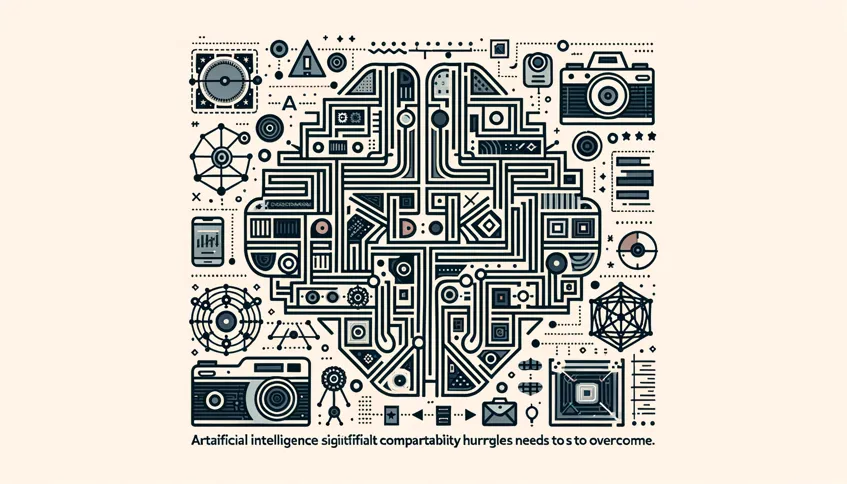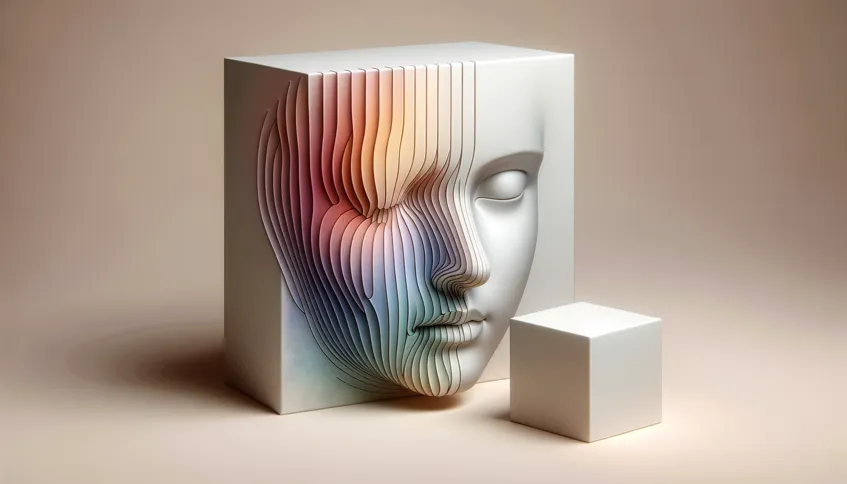Model & LoRA Compatibility Issues
Different base models like SD1.5, SDXL, and Flux use distinct structures (architectures). LoRAs trained for one architecture are generally incompatible with others. Even within the SDXL family, models like Pony or Illustrious have diverged enough that SDXL LoRAs may not work well, requiring specific LoRAs trained on them.
Links:
- https://civitai.com/models/136070?modelVersionId=267493
- https://civitai.com/models/38784/controlnet-11-models
Advanced Video Generation Techniques
For video, explore blending segments from different generations to fix issues or combine shots. Experiment with blend values outside the 0-1 range for effects like enhancing resolution. For character consistency, try training a dedicated WAN LoRA on the subject, even with few images, for image-to-video tasks.
Links:
- https://youtu.be/3dH0-yyBK-I
- https://www.patreon.com/posts/best-faceswap-126056154
- https://civitai.com/models/1444685
Advanced Prompting for Image Control
Specify camera angles precisely using filming terms like "locked-off camera" or "fixed forward-facing angle" for stable shots. To ensure elements are excluded, repeat negative prompts strongly (e.g., "NO LOGOS ON SHIRT NO LOGOS"). For multiple distinct subjects, use regional prompter extensions.
Replicating Precise Art Styles
Recreating specific details, like a unique eye style, can be challenging even for advanced models like GPT-4o. If direct prompting fails, try providing clear reference images using img2img with low denoise, or using ControlNet depth/lineart alongside a style LoRA.
Links:
Flux Model Performance & Training
Flux models are noted for prompt following and detail but can struggle with skin textures and speed. For realistic results, try Flux.1 Dev. For local training, consider fluxgym for ease of use. Use Flux Redux for applying trained styles to new images ('before'/'after' scenarios)._
Links:

